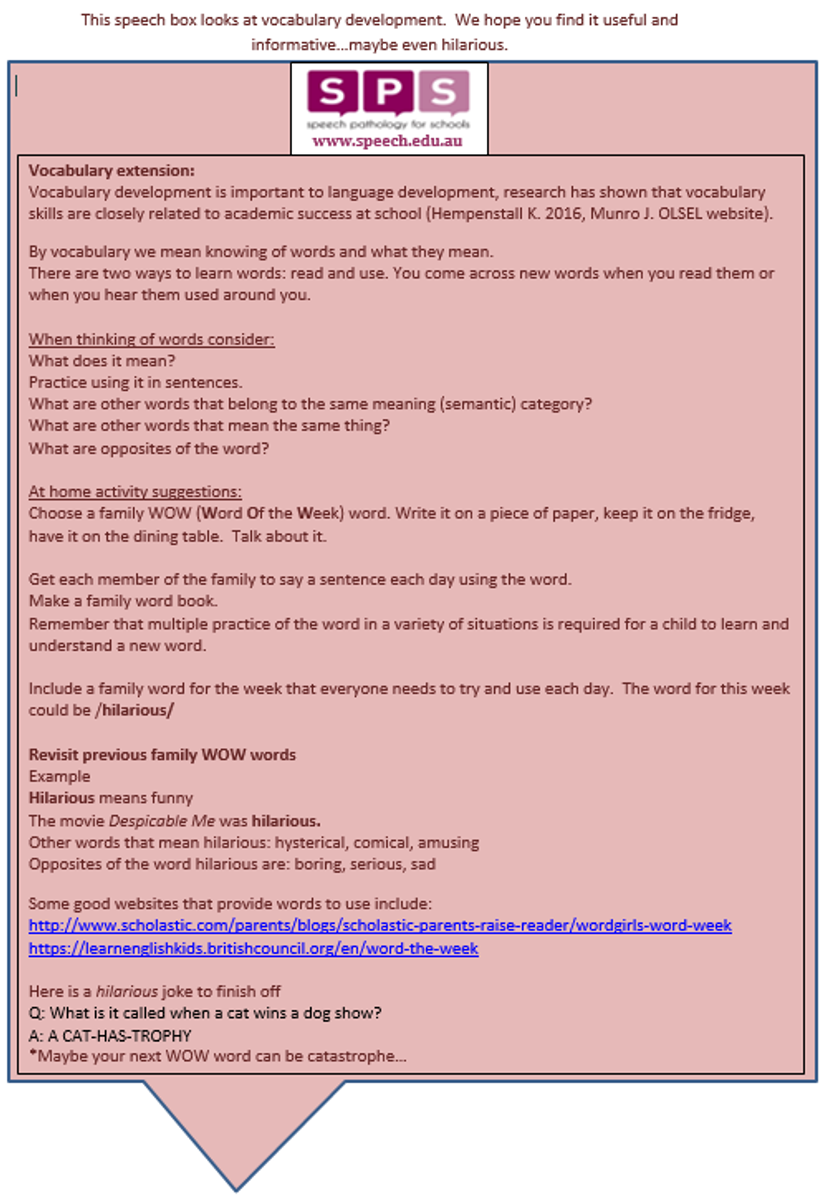Student Wellbeing
Student Wellbeing encompasses the following areas: Student Engagement, Student Connectedness, Classroom Climates, Inclusion and Prevention to Intervention

Student Wellbeing
Student Wellbeing encompasses the following areas: Student Engagement, Student Connectedness, Classroom Climates, Inclusion and Prevention to Intervention


Talking with your child is a daily event. But, let’s face it, as parents we are busy and it is easier to keep the conversation with our children light so we can move on to the next thing on our “to-do” list. There’s a place for light conversation in daily life but there are also those times when your child needs for you to tune in and listen more deeply.
Your child won’t tell you this but he or she needs for you to probe into their inner life on occasion to find out what they are thinking and feeling. Not only will this help them and you make more sense of their emotions but it will also strengthen your relationship with them. They will intuitively sense that you understand them better because you took the time and energy to really care.
Here are seven tips to help you skillfully tune-in during those times when you child needs your full attention:
1. Listen with your whole body. When you sense that your child needs to talk, give them your full attention. Face them, make eye contact, kneel down to get on your child’s level if necessary – even tilt your head – to show that you are really listening.
2. Pick up on the emotion. When your child has noticeable emotion in their words or in their body language, attend to that feeling. It’s often useful to make an observation or restate what you hear them say. This sends the message that you are taking them and their feelings seriously. For example, you might say, “You’re upset because I’m not letting you go outside to play after its dark?” These reflective statements then allow your child to respond by affirming or clarifying what they are feeling and it will usually prompt more conversation.
3. Acknowledge your child’s feelings. Empathy is one of the most powerful and comforting responses we can give to another person, especially a child. When you acknowledge those feelings, you validate them. This includes those feelings we often think of as “negative,” such as anger, frustration and disappointment. Often, acknowledgement of their feelings is all the child needs to begin dealing with the problem at hand. When you validate a child’s emotion you sensitize them to that emotion and give them permission to feel it and also acknowledge it in other people.
4. Delay correction and gather more information. When your child is countering you, resist the urge to correct them immediately, even if you think they’re wrong. Hear them out before responding. Better yet, go an extra step by asking your child follow-up questions to learn more about why they see things as they do. This approach acknowledges your child’s feelings and gets them talking. You are likely to get more cooperation when you are willing to hear their concerns versus simply correcting them.
5. Try to see the situation through your child’s eyes. Try to step into your child’s frame of reference before reacting. We often expect our children to understand adult-like ways of thinking and we don’t give consideration to how they might be thinking or viewing the situation. What developmental needs might they have in that moment that they can’t directly identify or ask for? For example, as you and your spouse are leaving the house for a much-needed night out, your child has an emotional meltdown in front of the babysitter because they don’t want you to leave. You could get upset, ignore your child’s behavior, or you could ask yourself: What is my child trying to say right now; what need might they have that I should be attentive to? For example, is their upset behavior a plea for comfort, security, reassurance, or something else that you don’t understand? When you can see that certain behaviors are connected to their developmental needs, it is easier to be rational and patient with an appropriate intervention.
6. Avoid shaming your child; rather focus on behavior. Shaming a child diminishes their worth. For example, a 10-year-old boy knocks over his milk at dinner for the third time this week and his father explodes in anger saying, “You idiot, can’t you be more careful?” Over time, these instances of shame make the child feel defective. A better approach is to focus on the behavior. Given the same situation, the father could say, “It’s okay. Let’s get a towel to clean it up; it’s just a mistake. Please ask for others to pass items to you at the table instead of reaching, okay?” A child doesn’t know how to correct being defective but he can learn to correct his behavior if given instruction in a supportive and encouraging way.
7. Encourage your child to think proactively about solutions. When faced with a decision that you and your child disagree on, ask your child what he wants to happen or would like to change. This helps them see that there are options to every problem. If they can come up with a reasonable approach to a problem, let them try it. When we encourage our children to become part of the solution, they often have greater motivation for resolving it.
Resource: https://www.mentalhelp.net/blogs/7-tips-for-effective-communication-with-your-school-aged-child/